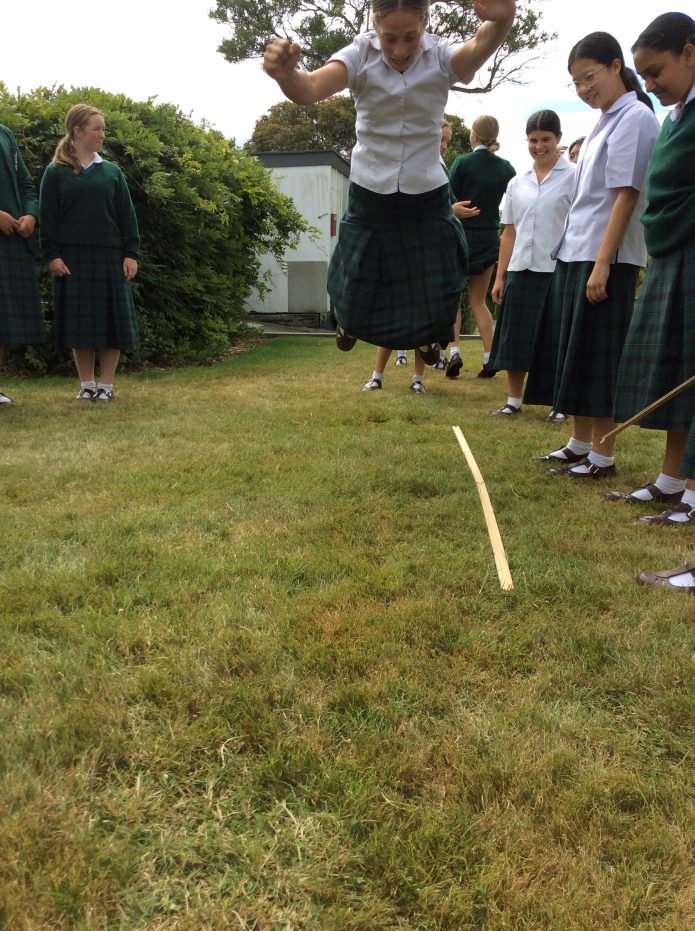Thanks to Shah Anwar for sending these photos and video of students at Rosmini College taking part in CensusAtSchool!


Thanks to Shah Anwar for sending these photos and video of students at Rosmini College taking part in CensusAtSchool!


Thanks to Jill Armstrong from Trinity Catholic College for sending these photos of students having fun taking part in CensusAtSchool!



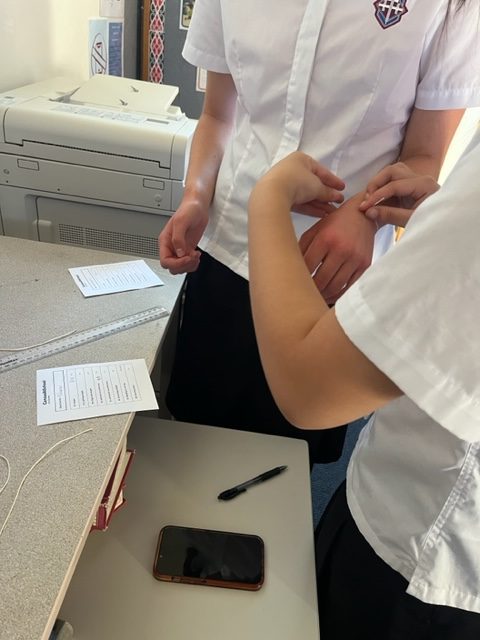
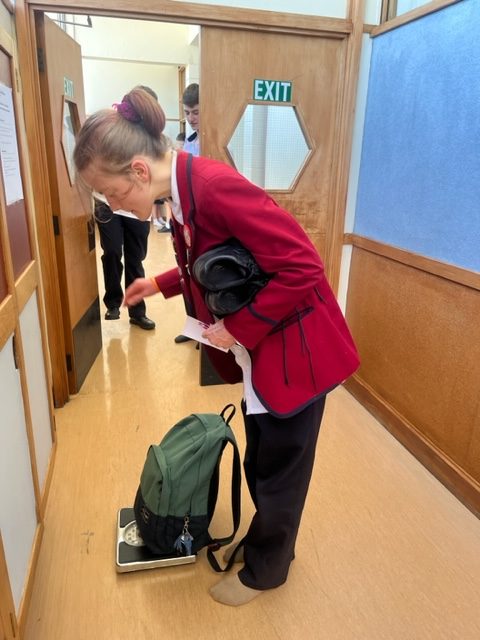




Thanks to Meera Phadke from Mission Heights Junior College for sending in these photos of students taking part in CensusAtSchool.






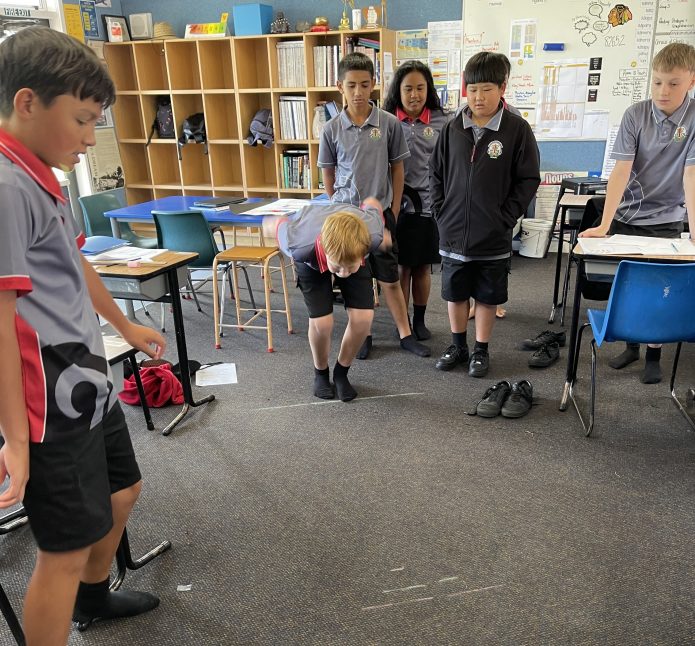

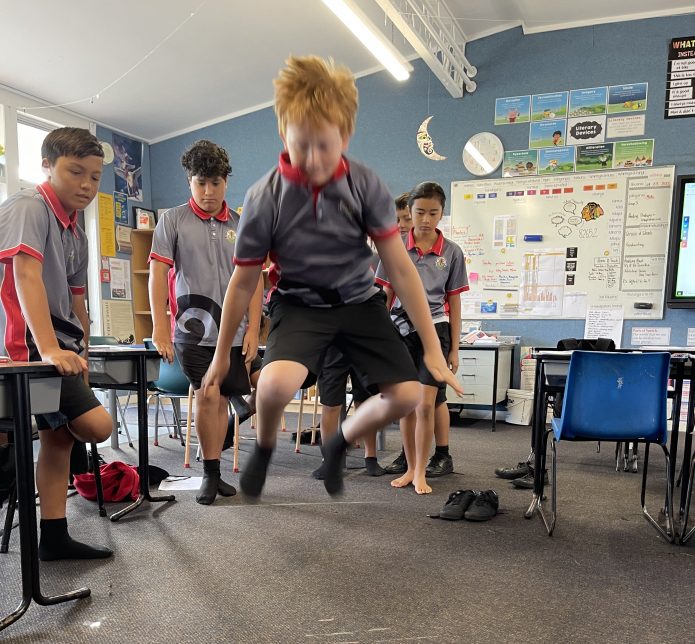
Kia ora koutou,
Today is our official national census!
You can find out more information and teacher resources at census.govt.nz. CensusAtSchool is a great complementary topical activity!
We have just hit the first 15,000 students taking part!
Thank you so much for getting involved! The questionnaire is open all year. We encourage you to take part as soon as possible, but whenever it suits you best is fine.
Next week, we will be releasing the national database for sampling from on our website.
Thanks to Libby Benson for sharing these reports made by her Year 7 students at Barton Rural School about CensusAtSchool data:


We’d love to see your students’ work too!
Please email us to share.
FAQ
Can’t remember if you have registered or not?
Check by entering your email here. If your email doesn’t come up, register here. It’s never too late to register and take part.
Can’t find your registration code?
Get it again here
Unsure when you can take part?
Any time during school hours from Monday – it doesn’t need to be next week if it’s not convenient. The survey is open all year.
Need help preparing?
Please ensure that you have read the essential Teacher’s Guide. All the equipment needed to take part successfully with your students is included in it.
Want to take part over multiple days?
You can divide the activity into two sessions. Use the first session to take the measurements and fill in your data cards. Use the second session to fill in the survey online. The survey itself needs to be completed in one sitting by a student. However, different students from your class can fill it in on different days, for example if you have limited devices or some students are away.
Have another question?
Reply to this email and we’ll get right back to you! Or you can call Rachel Cunliffe on (027) 383-3746.
Ngā mihi nui,
Rachel, Anne, Pip, and Chris
Thanks to Heather Willocks of Balclutha Primary School for sending these photos of her students taking part in CensusAtSchool.





Thanks to Christine Moore of Allenton School in Ashburton for sending this photo of Year 5 and 6 students taking part in CensusAtSchool.

Kia ora koutou,
We have just hit the first 10,000 students taking part in CensusAtSchool! Thank you so much for getting involved! We’ll be releasing the national database for sampling from shortly.
The questionnaire is open all year. We encourage you to take part as soon as possible, but whenever it suits you best is fine.
With the national census currently taking place, CensusAtSchool is a great complementary topical activity.




Thanks to Kelly Dawe, Head of Mathematics at Craighead Diocesan School for sharing these photos of her Year 10 maths class taking part in CensusAtSchool.
Can’t remember if you have registered or not?
Check by entering your email here. If your email doesn’t come up, register here. It’s never too late to register and take part.
Can’t find your registration code?
Get it again here
Unsure when you can take part?
Any time during school hours from Monday – it doesn’t need to be next week if it’s not convenient. The survey is open all year.
Need help preparing?
Please ensure that you have read the essential Teacher’s Guide. All the equipment needed to take part successfully with your students is included in it.
Want to take part over multiple days?
You can divide the activity into two sessions. Use the first session to take the measurements and fill in your data cards. Use the second session to fill in the survey online. The survey itself needs to be completed in one sitting by a student. However, different students from your class can fill it in on different days, for example if you have limited devices or some students are away.
Have another question?
Reply to this email and we’ll get right back to you! Or you can call Rachel Cunliffe on (027) 383-3746.
Ngā mihi nui,
Rachel, Anne, Pip, and Chris
Thanks to Libby Benson for sharing these photos of her Year 7 students at Barton Rural School reports about CensusAtSchool data.


